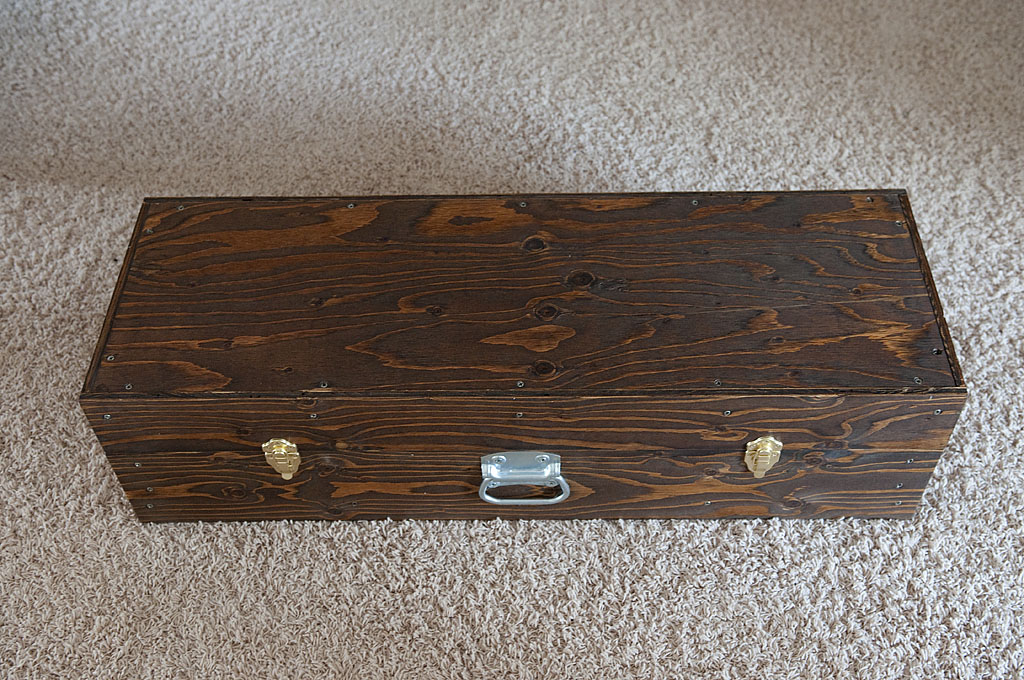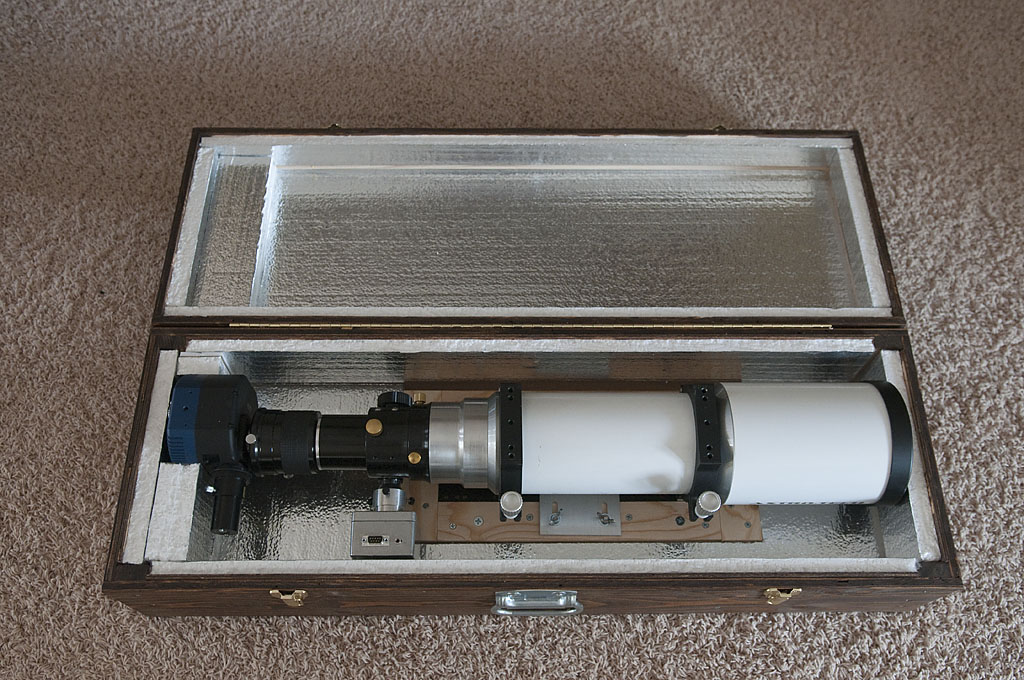Long time readers of this blog know that I do a lot of my astro-photography from “Wa-chur-ed”, my home observatory, and that most of the images captured there use narrowband filters to defeat the light pollution from nearby Portland, Oregon. But narrowband imaging limits you to just one type of target, emission nebulae. To photograph anything else in the night sky you need to get away from the city lights – in my case, more than 100 miles away.
Whenever the weather allows, I try to get out to dark skies during the New Moon period (the Moon being the worst source of light pollution) each month. I’ve always done this by disassembling and packing up all my gear into the individual cases or shipping boxes for each piece, loading that into my motorhome, then reversing the process at the destination. It would make a lot more sense and save a lot of time to keep many of the components assembled, but the containers weren’t designed for that. For example, the cases I have for my telescopes were each designed to carry just the telescope tube itself, and with the focus racked all the way in and dew shield removed or retracted. But the complete assembly includes mounting rings and dovetail plate, focus motor, focal reducer, camera, guide camera, dew heaters, and cabling. Disassembling and then re-assembling all of this is tedious and time consuming. It also exposes the optical components to possible dust contamination.
So I have begun a project to make custom cases to transport the equipment in (mostly) assembled form. The first case is for my workhorse ‘scope, the AT111EDT refractor.
I’m not very skillful at woodworking, but the new table saw helped a lot in making accurate, clean cuts. It is half inch thick plywood and lined with styrofoam.
Such cases are typically filled with some kind of foam that is cut to surround the equipment and isolate it from shocks to the exterior of the case. In this case (and you can use either meaning of the word!), I instead constructed a mechanism to secure the whole assembly to the bottom of the box using the dovetail plate. There is additional support in traditional foam around the camera, since it has a fair amount of leverage on the rest of the ‘scope through the focuser.
The dew shield is partially retracted – only as far as it will go before hitting the front mounting ring. The focuser, on the other hand, is at the nominal focus position. This, along with leaving the focus motor attached, allows me to use the “Permanent Focus” feature of my PerfectStar Focus Controller (https://wa-chur-ed.com/permanent-focus/), which saves time in getting set up.
It took a lot of work to design and fabricate this case, and it’s possible that the time saved in not having to disassemble and re-assemble the components will never exceed the time spent building the case. But that doesn’t really matter because time at a dark sky site is far more valuable than ordinary time. In fact, just removing this chore from the long list of things that need to be done to make the trip has great value because it will encourage me to go out more frequently.
That is the same reason that I built Wa-chur-ed Observatory: Making it easy to do astronomy means you will do it more. Many visual astronomers find that having a small “grab-and-go” telescope greatly increases their enjoyment of astronomy and the amount of time they can spend doing it. I’m sure that similar concepts apply to many aspects of human life: Keeping things simple makes it better.

